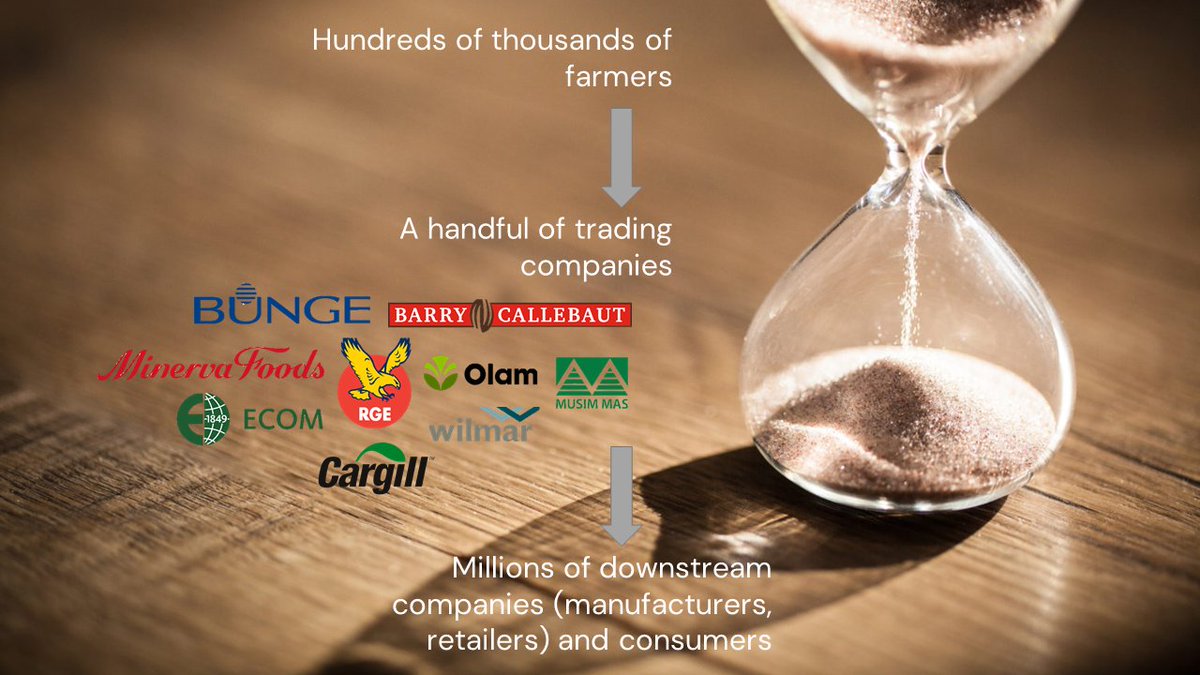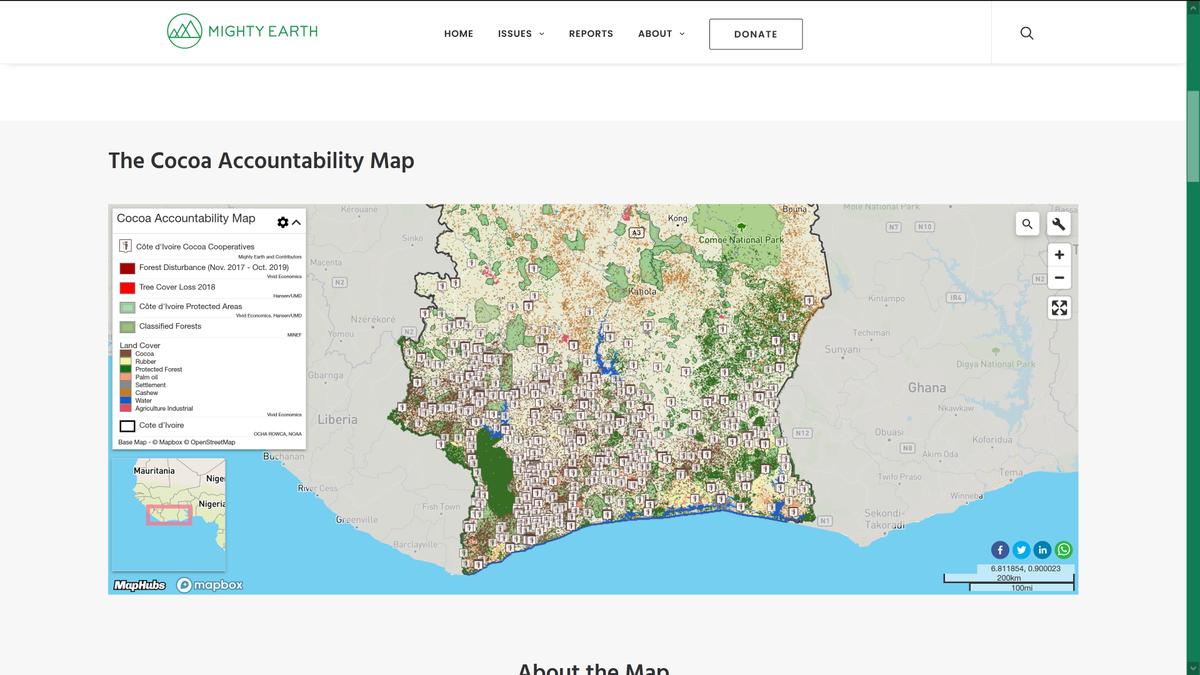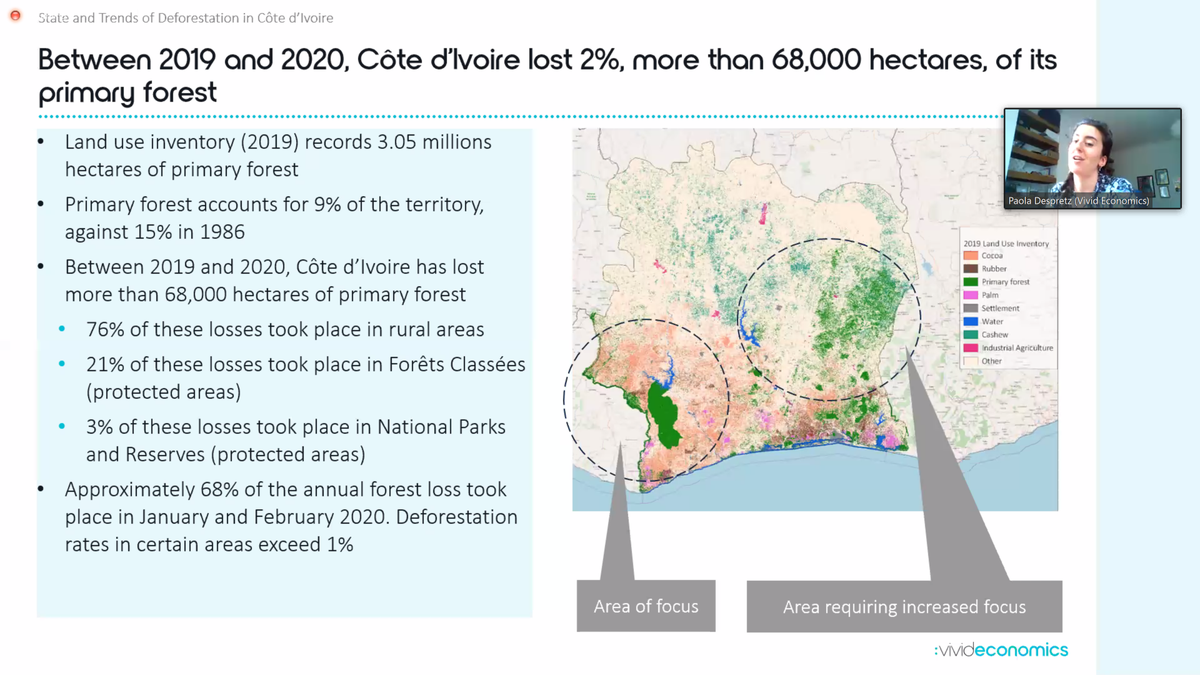
Where does your food come from? Scientist (@ELI_UCLouvain @TraseEarth) making the food system more sustainable and transparent. Cofundador: @dopastoaoprato.
How to get URL link on X (Twitter) App


 1.Cocoa is a major driver of deforestation. Building on a new high-resolution, high-accuracy cocoa map, we identify 2.5 Mha of cocoa deforestation and degradation from 2000-2019, making cocoa responsible for 46% of the total deforestation and forest degradation in the country.
1.Cocoa is a major driver of deforestation. Building on a new high-resolution, high-accuracy cocoa map, we identify 2.5 Mha of cocoa deforestation and degradation from 2000-2019, making cocoa responsible for 46% of the total deforestation and forest degradation in the country. 



 @VividEconomics presented a huge effort to map land uses in Côte d'Ivoire - which lost 2% of its forest cover IN ONE YEAR
@VividEconomics presented a huge effort to map land uses in Côte d'Ivoire - which lost 2% of its forest cover IN ONE YEAR 
